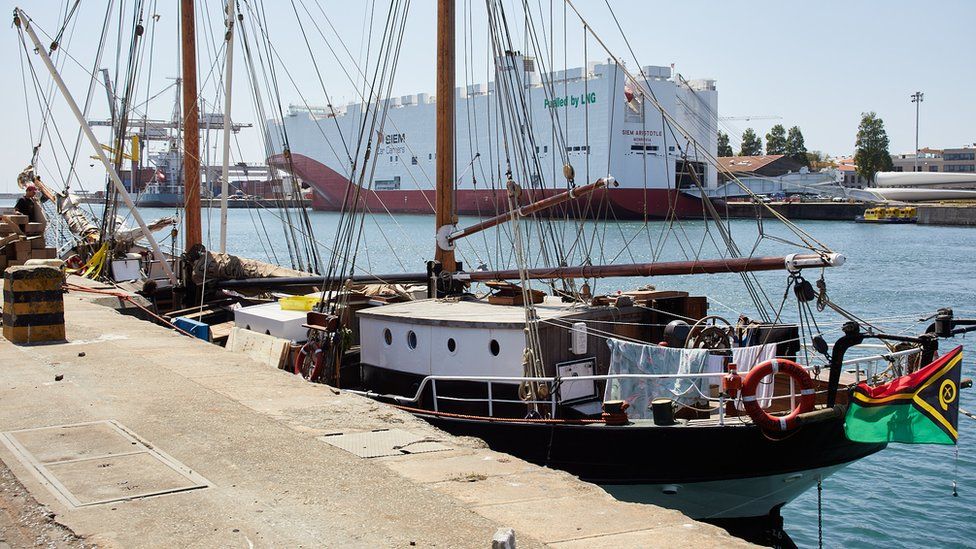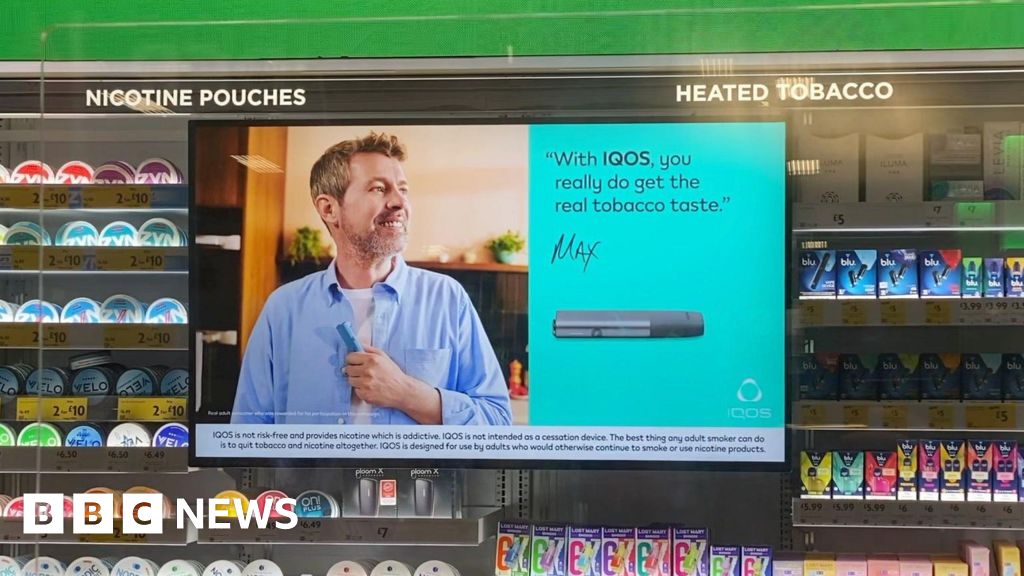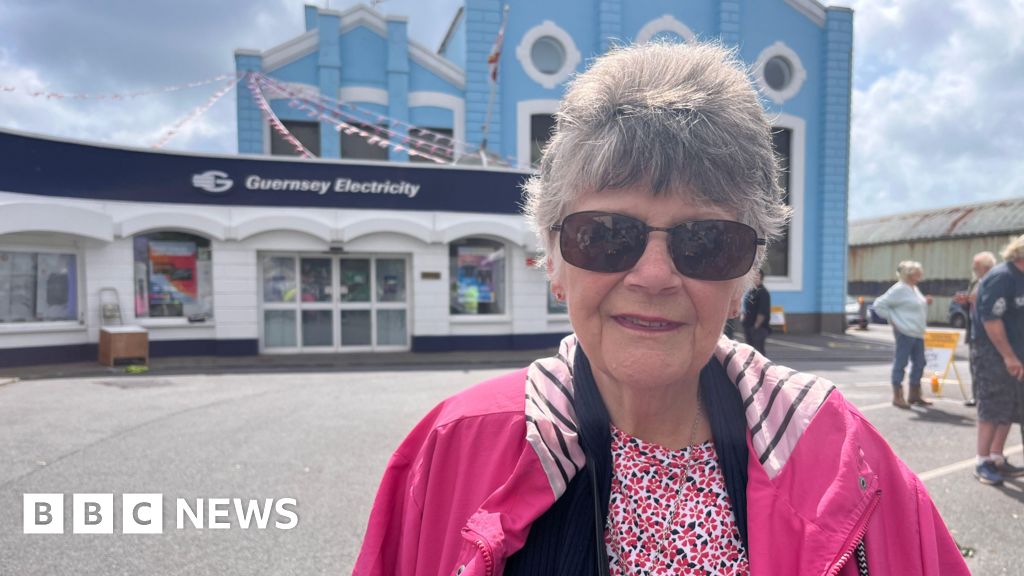ARTICLE AD BOX
 Image source, Hatty Frances Bell
Image source, Hatty Frances Bell
Dutch sail barge De Tukker is now transporting cargo between the Netherlands and Portugal
By Suzanne Bearne
Business reporter
Jorne Langelaan is beaming as he shows me around De Tukker, a traditional two-mast Dutch sail barge that was built in 1912.
A shipping enthusiast since he was a child, thanks to his grandfather working in the industry, Mr Langelaan has spent the past two years restoring the vessel with the aim of returning it to its original role - transporting cargo.
Last month, the ship set sail on its first commercial voyage under the ownership of Mr Langelaan's company, Ecoclipper.
Carrying mixed loads that included everything from cheese, to wine and olive oil, the 40-metre (131ft) long craft travelled from Amsterdam in the Netherlands, to Porto in Portugal, and back again. With stops in Spain, France and England.
De Tukker can carry 70 tonnes of cargo and up to 12 passengers. In her previous life she transported building supplies and produce along the Dutch and German coasts.
Wind-powered cargo ships ruled the world's waves back in the 19th Century. Then the adoption of the steam engine saw them replaced by much-larger, coal-powered alternatives.
Today's giant container ships mostly use heavy fuel oil, with the sector said to contribute 3% of global carbon emissions. Given increasing concerns about climate change, proponents of returning to wind-powered ships to transport cargo say that sometimes old tech is the best new tech.
Mr Langelaan, now in his mid-40s, says he first decided that we needed to return to sail cargo ships when he was in his early 20s.
At the time he was working alongside climate researchers and biologists on expeditions to Antarctica, as a crew member on a historical tall sail ship called Bark Europa.
Image source, Jorne Langelaan
Image caption,Jorne Langelaan has been into ships since he was a child
"If we want to stick to the Paris Agreement on climate change we really need to keep fossil fuels in the ground," says Ecoclipper's chief executive.
"Wind-powered sailing is actually the only feasible way to continue with long-distance transport and travel in the future."
There's no denying that sailing is slower. Mr Langelaan says it would take 70 days to sail from China to Europe, whereas a modern container ship can do the journey in 30 to 40 days.
And, of course, container ships are enormous - the largest can move 20,500 containers, and a total weight of 210,000 tonnes.
De Tukker can only haul a tiny fraction of that with her 70 cubic meters of cargo space, making her a more expensive way to ship cargo.
Yet Mr Langelaan adds that people don't see the "true ecological price" of container ships. "The price of people falling ill due to the climate change, for instance. That's never paid for."
Stephen Gordon is managing director of Clarksons Research, which gives expert analysis of the container shipping sector. He counters that the industry has been investing in more efficient fuel systems, including more than 60% of new ships ordered last year.
Mr Gordon says that some ships have even had small sails fitted, so as to reduce the amount of fuel they need to consume. However, this currently only numbers 50 vessels out of the global total of 100,000.
To purchase De Tukker, Ecoclipper raised €600,000 ($663,000; £516,000) through crowdfunding and private investors.
Ecoclipper hopes to build a fleet of up to 25 wind-powered cargo ships in the future, utilising the latest design technology. Each will be 10 times larger than De Tukker, and cost in the region of €9m each.
"The big goal of Ecoclipper is to connect the continents to offer emission-free cargo shipping," says Mr Langelaan.
Gavin Allwright is secretary of the International Windship Association, which now has more than 150 members from 50 countries. He says that wind-powered cargo shipping is making a comeback.
"Since 2012, wind power has been growing," he says. "It's a small niche sector but they're making a comeback in the Western developed world.
"One driver is the cost of fuel which has been increasing, and carbon taxes are coming in. And there are still vestiges of [historic] sail cargo systems - for example, the Dhows of the Indian Ocean, and some small vessels in operation in areas of the South Pacific."
In the US, a 20m (64ft) steel-hulled schooner sailboat called Apollonia has been transporting cargo up and down the Hudson River in New York State since 2020.
Image source, Apollonia
Image caption,The Apollonia connects New York City with towns and cities up the Hudson river
The ship's captain and owner, Sam Merritt, purchased the 77-year-old vessel for $15,000 (£11,500) in 2015, and then spent five years restoring it.
It can carry up to 10 US tons (nine metric tonnes) of cargo, and travels for 250 nautical miles between Brooklyn in New York City and the city of Hudson in Upstate New York, and back again. It ships more than 50 products, including barley malt, its biggest cargo, maple syrup and chilli sauce.
Mr Merritt's previous job had seen him working to develop alternatives to oil for the fuel sector. He turned to shipping after realising that cargo could be transported through sailing.
"With sailing I can feel good about the whole process," he says. "I don't like roads and cars, and as much as I love trying to use vegetable oil for cars, it doesn't change the system.
"Sailing cargo really does. I love the relationship with the river. It's brilliant to slow down and interact with waterfronts, and constantly be part of conversations in towns."
New Tech Economy is a series exploring how technological innovation is set to shape the new emerging economic landscape.
However he says they are not profitable yet. "We are in start-up phase. There's a lot of obstacles with the infrastructure, but the goal is to be profitable within the next two years, and hopefully that will encourage others to join in."
Another vessel soon to re-join the resurgence in wind-powered cargo sailing is Raybel, a 1920s Thames barge currently being restored in Sittingbourne in Kent.
Once the restoration is complete she will transport items like olives, coffee and wine along the Kent coast, and into London. In the ship's old life, she used to transport bricks along the same route.
Image source, Raybel Charters
Image caption,The Raybel will operate between London and Kent
"It's about utilising traditional UK waterways a lot more, and connecting estuaries to oceans and canals," says Faye Thorley, project manager for Raybel Charters.
She is also the coordinator for two organisations set up to help small-scale producers see their organic, fair-trade goods transported via wind-powered sailing vessels - Sail Cargo London and Kent Sail Cargo.
"We have a lot of demand but don't have supply of ships," says Ms Thorley.
Mr Langelaan is happy to see brands rethink their transport strategies for environmental reasons. "There's smaller, almost hipster-like companies who are radically deciding they want to reduce their [transport] emissions."
However, one of the key challenges for cargo sailboats is, of course, the weather. And the longer timeframe.
"It is weather dependent," says Ms Thorley. "We are trying to re-educate [trade] customers not to be in a rush for deliveries, and make bulk orders that will last them six months, for example."

 1 year ago
37
1 year ago
37








 English (US) ·
English (US) ·